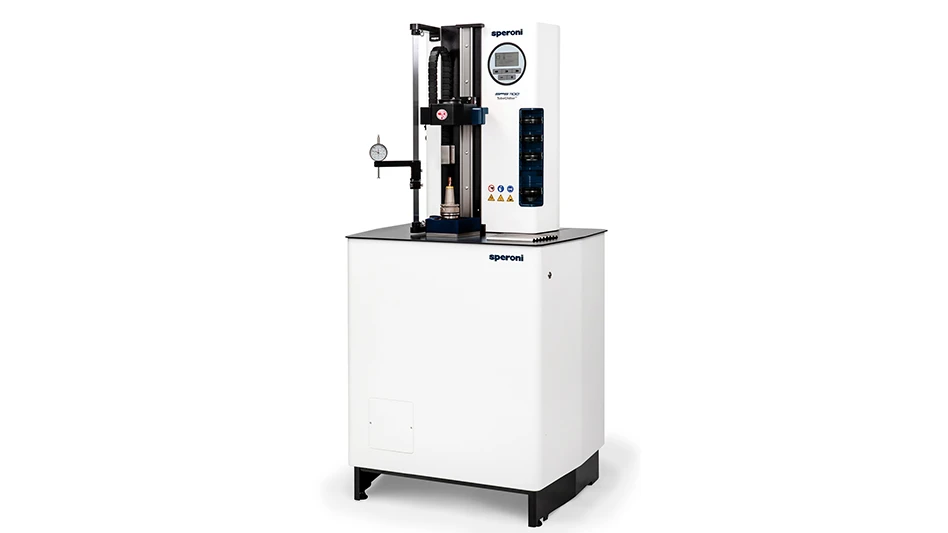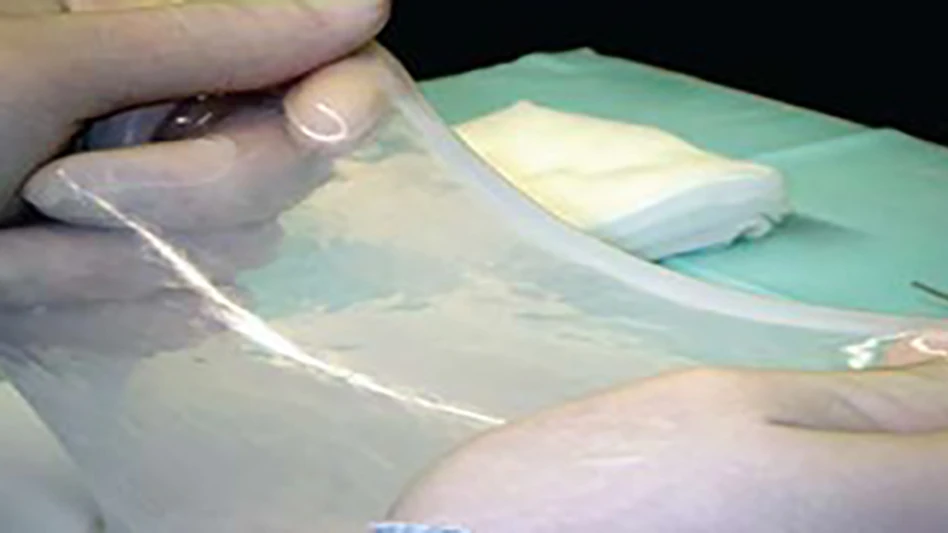
Little Rock, Arkansas – About 25 million Americans live with significant vision loss, according to the American Foundation for the blind, and Dr. Cang Ye, a University of Arkansas at Little Rock (UALR) professor in the Department of Systems Engineering, aims to make their lives easier with his upcoming research, funded by a National Institutes of Health grant.
The $820,263, three-year grant will enable Ye, his team of postdoctoral, graduate, and undergraduate students, and his research collaborator Dr. Yantao Shen at the University of Nevada, Reno, to develop a Wearable Robotic Object Manipulation Aid (W-ROMA).
Equipped with a camera, the robotic device will detect objects wearers need to move or use and then guide them to take hold of the items.
The planned device, which would be worn on the user’s hand, is intended to make it easier for visually impaired people to remove obstacles, such as a chair in their path, and perform essential tasks, such as finding a door handle.
Because the device would communicate with its wearer about the location, shape, and size of objects in a meaningful, yet unobtrusive way, it could provide more independence and improved safety, Ye said.
Ye and his team plan to develop the technology, design the device, and test its usability.
An expert in computer vision and robot navigation, Ye has experience developing robotic technology and creating assistive devices for the visually impaired.
Not only will the new device potentially improve the lives of visually impaired individuals, but the project also will give UALR undergraduate and graduate students working on it the opportunity to receive rigorous scientific training in robotics and biomedical engineering, Ye said.
Additionally, by collaborating with UALR’s summer research programs, Ye and his team will use their ongoing research as a recruitment tool for high school students.
Research reported in this story was supported by the National Eye Institute of the National Institutes of Health under award number R01EY026275. The content is solely the responsibility of the authors and does not necessarily represent the official views of the National Institutes of Health.
Source: University of Arkansas at Little Rock
Latest from Today's Medical Developments
- Teleflex sells acute care and urology businesses for $2.03 billion
- HANNOVER MESSE: Where research and manufacturing meet
- What’s next for the design and manufacturing industry in 2026?
- Arcline to sell Medical Manufacturing Technologies to Perimeter Solutions
- Decline in German machine tool orders bottoming out
- Analysis, trends, and forecasts for the future of additive manufacturing
- BlueForge Alliance Webinar Series Part III: Integrate Nationally, Catalyze Locally
- Robot orders accelerate in Q3





